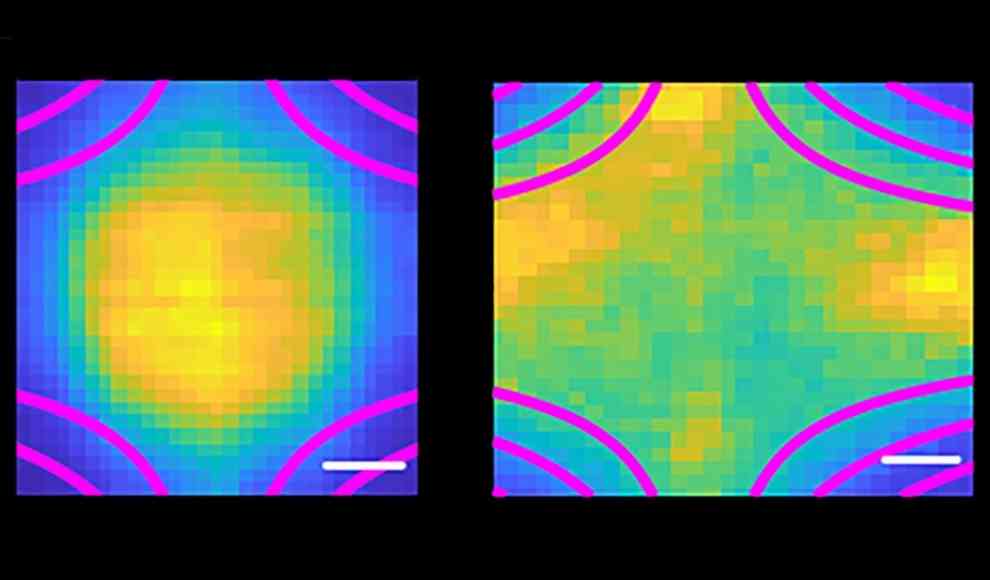For the first time ever, scientists have been able to capture ultracold, neutral plasmas using a plasma trap based on a quadrupole magnetic field. Plasma is the fourth state of matter, formed when atoms lose their electrons due to extreme heat or high voltage. While plasmas are usually conductive and can be directed by strong magnetic fields, ultracold, neutral plasmas are less responsive to magnetic fields due to the slow movement of ions and changes in particle coupling. However, researchers at Rice University in Houston were able to capture ultracold, neutral plasma in a “cage” and maintain it for over half a millisecond, allowing for analysis of the exotic matter’s behavior and properties.
To capture the plasma, the scientists first cooled a cloud of strontium atoms to three millikelvin before using a short laser pulse to remove the electrons and turn the gas cloud into plasma. The stolen electrons were then controlled by a grid of four modulated magnetic fields, with the quadrupole magnetic field used to suppress the plasma’s rapid dissipation. However, the plasma itself also affected the magnetic fields, making the optimization of the method a year-long process. The plasma trap offers new possibilities for the study of ultracold, neutral plasmas, and the researchers hope to make the trap even more stable in the future to allow for longer periods of study.
This breakthrough in plasma research opens up new avenues for understanding the behavior of matter in extreme conditions, such as those found in white dwarfs and the core of Jupiter. The ability to capture and study ultracold, neutral plasmas could also have implications for fusion reactors and interstellar plasma. The success of the plasma trap is a testament to the ingenuity and perseverance of the researchers at Rice University, who have pushed the boundaries of what is possible in the field of plasma physics.










